RESEARCH EXCELLENCE INITIATIVE
FREEDOM OF RESEARCH – SCIENCE FOR THE FUTURE
The series ‘Freedom of Research – Science for the Future’ consists of articles, interviews and short films presenting the research of the winners of the ‘Freedom of Research’ call for proposals
Robert Krzysztofik, PhD, DSc, Assoc. Prof.
Metropolis between concrete and greenery
| Weronika Cygan |
In 2022, we broke the ceiling – it turned out that there are already 8 billion of us. However, population growth is not the same everywhere, and many regions are struggling with population outflow. Demographics, climate change and developing technologies are forcing new approaches in urban planning and city design.
Robert Krzysztofik, PhD, DSc, Associate Professor from the Faculty of Natural Sciences of the University of Silesia analyses the spatial development of highly urbanised areas. As part of the “Freedom of Research” competition of the Research Excellence Initiative, the scientist included in his analyses the areas of the Silesian Voivodeship and Metropolis GZM.
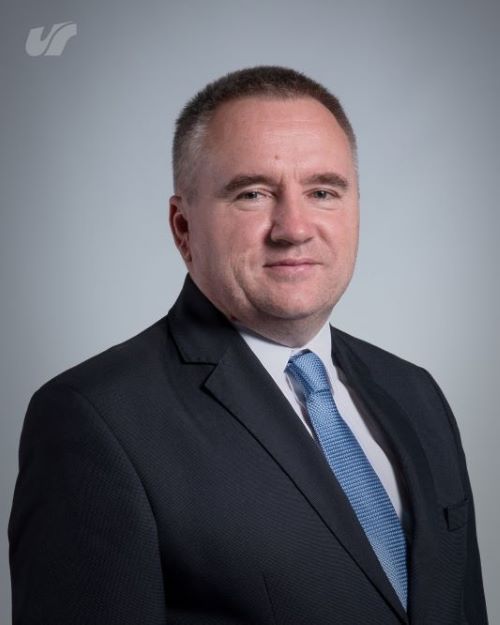
Robert Krzysztofik, PhD, DSc, Assoc. Prof. | Photo by Małgorzata Łuczyna, materials of the University of Silesia
A city is what it is
There is no single definition explaining what highly urbanised areas are, but it is possible to identify elements that always appear within them. “We assume that this is an area where the impact of anthropogenic components significantly outweighs the components of the natural environment. We see highly urbanised areas where there is little biotic space. If they do appear, they can be smaller or larger parks, green areas, squares”, explains Prof. Robert Krzysztofik.
The very concept of urbanisation is associated with the Latin word “urbanus”, which means urban and stands for the development of cities and their growing number. Urbanisation has many dimensions, including spatial, demographic, economic and cultural. Today, however, this process extends beyond the cities themselves.
Anyone who finds themselves in a heavily urbanised area is unlikely to have any difficulty recognising it. A smaller number of natural objects and common buildings, among which you can see e.g. skyscrapers, will be the most distinctive features of such a place. These are not the only typical elements. The scientist from the University of Silesia recalls the phenomenon of the urban heat island as being particularly characteristic of all major cities: “In the southern part of Katowice, in undeveloped areas, it can be 2-3 degrees Celsius cooler than in the city centre at exactly the same time”.
Urban chessboard
Katowice indisputably remains a strongly urbanised area, although this urbanisation is not uniform. Prof. Robert Krzysztofik explains that the centre of the capital of the voivodeship, due to its structure, dense buildings and physiognomic features, meets almost all the criteria of a highly urbanised area. Added to this is the functional and physiognomic metropolitan character of Katowice, which is the seat of Metropolis GZM.
The area has quite large natural areas that it can be proud of. “The Murcki district is almost like an island in a sea of greenery. The south of Katowice has wonderful forest complexes, partly under legal protection as reserves and ecological lands. This natural potential strongly raises the city in the rankings of the quality of life of the inhabitants”, assures the researcher from the University of Silesia.
The capital of the Silesian Voivodeship is not unique in this respect. Within the borders of many other cities in the region, we will also encounter very low urbanised spaces. The Katowice conurbation is a polycentric system, which makes it specific and unique in Poland, also in terms of spatial development. The indicator of strong urbanisation takes the form of a multi-point mosaic or a chessboard, and this distinguishes the region from what can be observed in monocentric agglomerations.
“Relatively close to each other we have heavily developed areas, intertwining with those less used. You can see it, for example, when driving from Tychy to Sosnowiec. In turn, in the case of, for example, Kraków or Wrocław, we will not see a city with a hundred thousand inhabitants in the vicinity of a metropolis, and between them non-urbanised or poorly urbanised areas”, explains the geographer.
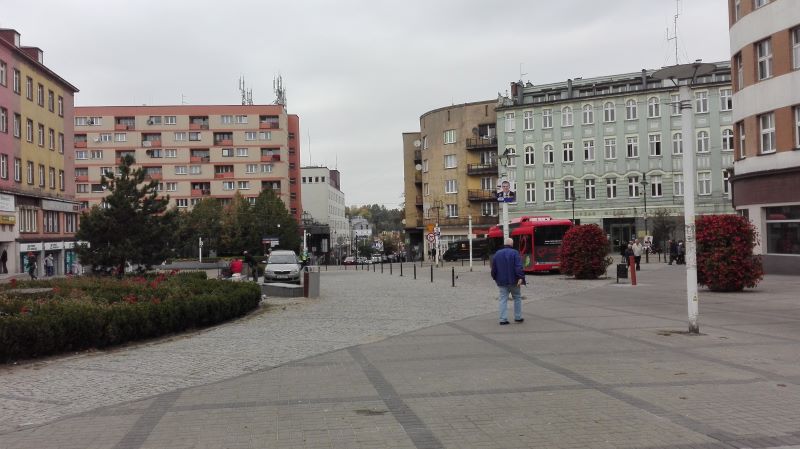
Zabrze, city centre | Photo by Robert Krzysztofik
A whole new city
The structure and character of a city is influenced by many factors, including those of a global scale. Climate change, modern technologies or demographic trends force communities to adapt to various challenges. It happens that from such a need spectacular projects are born. The growing number of Cairo inhabitants prompted Egypt to erect a new capital. Indonesia has taken similar steps, although Jakarta’s overcrowding is compounded by the threat of the encroaching ocean. There are also ideas reminiscent of science fiction scenarios, such as The Line – a linear city to be built in the desert of Saudi Arabia.
Projects of a similar scale are not and are unlikely to be implemented in Europe or in Poland, and the reason is not only the lack of financial resources. Prof. Robert Krzysztofik believes that spatial planning should primarily be adapted to the possibilities and needs of the local community and take into account a number of factors that are sometimes neglected in such bold projects.
“The concepts of linear or strip cities are not new, they appeared already in the 19th and 20th centuries. Something similar was planned in Europe, the city was to stretch from Madrid to Moscow, stopping by Warsaw on the way. In Spain, in turn, even a fragment of buildings was built – Ciudad Lineal according to the concept of Soria y Mata. The ideas of large-scale linear cities were utopian and never realised. I assume that the Saudi Line in the form currently being discussed will be difficult to implement”, comments the scientist from the University of Silesia. According to the researcher, the Egyptian and Indonesian concepts are much better, because they provide more flexibility in design and are more diverse.
In the Silesian Voivodeship, the construction of the Siewierz Jeziorna eco-town is currently underway, which is to meet the assumptions of a sustainable and socially friendly town. However, this is a project with completely different assumptions than translocations of Asian metropolises. The plans for the new Siewierz assume a place for 20,000 inhabitants, which, considering the two-million inhabitants of Metropolis GZM, is an assumption that is realistically matched to the demographic potential. “Siewierz Jeziorna is an interesting development with great social, image and location potential. It is also the first urban development in the region for many years that comprehensively addresses the needs of residents with the benefit of living in the vicinity of the core of the conurbation, and not within it”, says the geographer.
Post-industrial El Dorado
Silesia is also very attractive for investors who see the possibility of redevelopment of numerous post-mining and post-industrial areas. These so-called brownfield investments can successfully transform into attractive new housing estates or business facilities. Interestingly, the areas of former mines or smelter plants, despite the often associated need to clean contaminated soil, are as desirable, and sometimes more so, than “clean” greenfield investments. The latter guarantee perhaps better environmental suburban areas or agricultural land, potentially easier to develop, but their rapid development is often hindered by problems related to land ownership or excessive fragmentation of land. Regulating these matters can extend the implementation of the project by many years, and this may discourage investors.
The less urbanised interurban areas, so characteristic of the Katowice conurbation, are also an opportunity for companies – on the route between Ruda Śląska and Zabrze you can still see fields of cereals. This are the so-called ‘in between’ areas, so characteristic of a (post-)industrial conurbation. They are an important element of balancing the biotic environment with the neighbouring heavily developed settlements.
“Around our region, but also in its core, we observe the development of large logistics and production facilities in green areas in the vicinity of main communication routes. This distinguishes us from cities such as Kraków or Wrocław, where such facilities are located only in the outer zone of the metropolis. This is the so-called logistics antisprawl phenomenon, unique in Poland and rare in the world, which has its genesis in the checkerboard distribution of land rent and the availability of post-industrial areas”, explains Prof. Robert Krzysztofik.
The scientist gives the example of Europe’s largest logistics complex in a post-mining area, which is located in the south of Sosnowiec, by the S1 expressway. It is a zone of concentration of logistics functions between the districts of Bobrek and Bór, which is still expanding, although now there is an area of almost one square kilometre ‘under the roof’. The scale of this project is additionally increased by the space occupied by the adjacent car parks, access roads and other infrastructures.
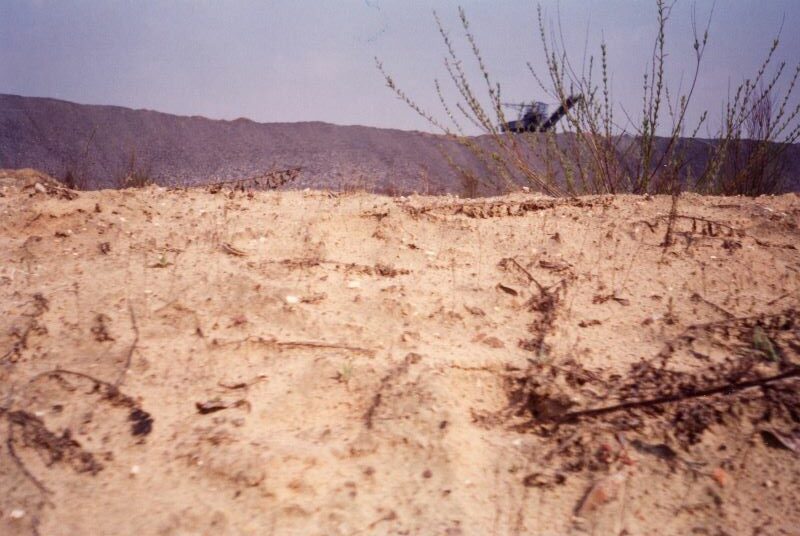
Sosnowiec, former ‘Maczki-Bór’ backfill sand mine (1990s), later an internal rampart, and now the expansion area of the largest European logistics complex in the post-mining brownfield | Photo by Robert Krzysztofik
Silesia as a transindustrial example to be followed
“At the moment, our region, in terms of the direction of spatial development and strong urbanisation in post-industrial areas, is one of the model ones in Europe. Until recently, we were dealing with a mining and metallurgical monoculture, while for 30-40 years the region has been changing its functional face”, assures the geographer from the University of Silesia.
The scientist emphasises that any comparisons of the Katowice conurbation with other cities and regions in Europe and in Poland can be difficult and do not necessarily reflect the true scale of changes. The Ruhr area, where heavy industry also developed, based on, among others, hard coal, is currently at a different stage of development than the cities of Metropolis GZM. There is no mine left there, while KWK Murcki-Staszic and KWK Mysłowice-Wesoła are still operating in Katowice. Other, still active plants are located in neighbouring towns from Jaworzno to Knurów.
Prof. Robert Krzysztofik says that for this reason, together with other researchers of the transformation of post-industrial regions, he proposed the term transindustrialism. “The prefix “trans-” is important here, because it refers to an attribute of both time and space. It is about a functional transition from one place to another, and at the same time showing the economic diversity within the region itself”, adds the researcher.
This diversity can be observed in Katowice itself, where it is sometimes enough to move a few kilometres to find a district with a completely different structure of spatial development and economic functions than the most recognisable one in a downtown district. This can also be seen in the region itself, unfortunately sometimes to the detriment of some of its areas. The geographer gives Świętochłowice as an example, which still has not developed new, significant economic functions after the transformation, and this fact also affects the image of the town.
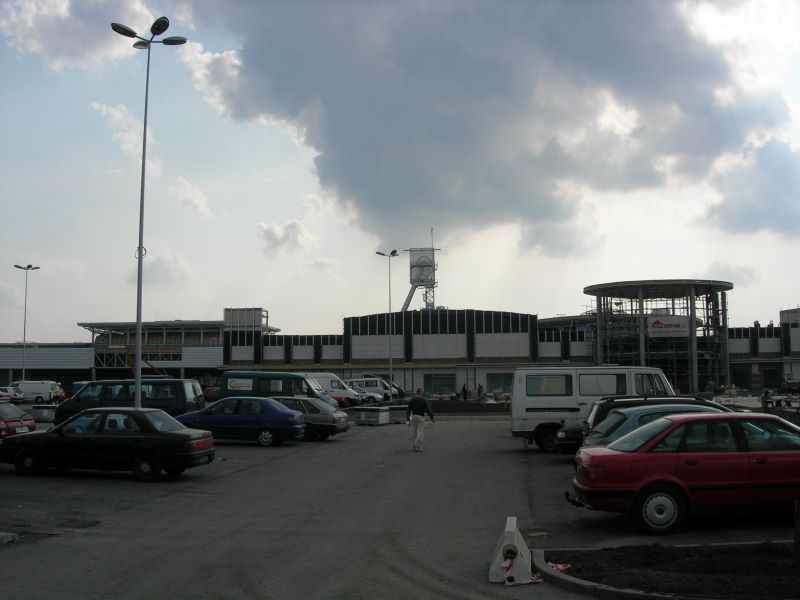
Katowice, Silesia City Center in 2005 under construction | Photo by Robert Krzysztofik
Future inhabitants of Katowice
Looking at the last few decades, however, the transformation of the region should be assessed positively. Mines are disappearing, new service, logistics and recreational investments are appearing, and new housing estates are being built. Recent activities aimed at transforming the space around the Rawa river in the centre of Katowice are part of these changes.
“Despite the measures taken so far, Rawa is still a sewage system typical of industrial suburbs. However, a very good concept of transforming the Rawa boulevards was created, referring to the idea of developing blue and green infrastructure, and consisting in creating a place that will be more pleasant for the academic community, but also for the residents”, says Prof. Robert Krzysztofik. Creating this idea is especially important in such highly urbanised and socially significant places as the academic district along Rawa.
The Katowice conurbation has a huge potential for further development and significant social and professional capital, allowing for the implementation of more large projects. At the same time, it is important to be aware of the opportunities and threats that may arise when creating urban space.
“There are still many challenges and we must constantly ask who this region is for. After all, we do not know who its inhabitants will be in 20 years and what their needs and expectations will be regarding the surrounding space. The region of Upper Silesia and Zagłębie Dąbrowskie is radically different in terms of functionality and space than it was 30 years ago and will continue to change in the coming decades. In the investment business, there is a concept called ‘build to suit’, i.e. not too narrow, but not too wide either. The same applies to developing cities and forecasting the needs of their inhabitants. If we underestimate something or miscalculate something, the mistake will quickly make itself know”, sums up the scientist from the University of Silesia.
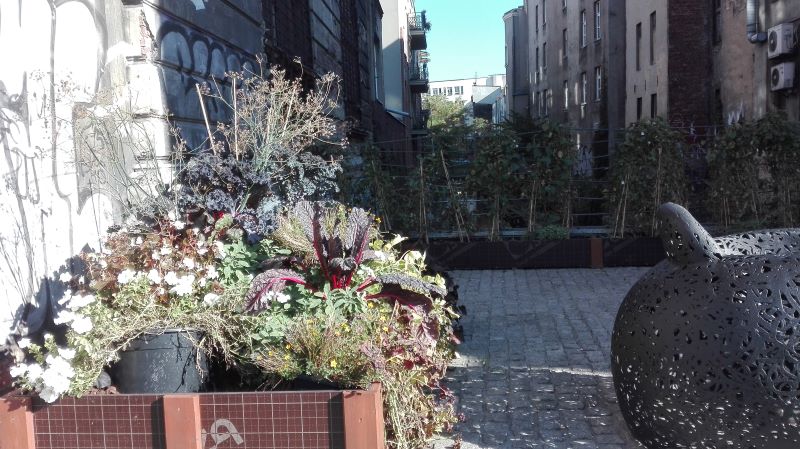
The Rawa river in Katowice – attempts at visual gentrification of the channel | Photo by Robert Krzysztofik





